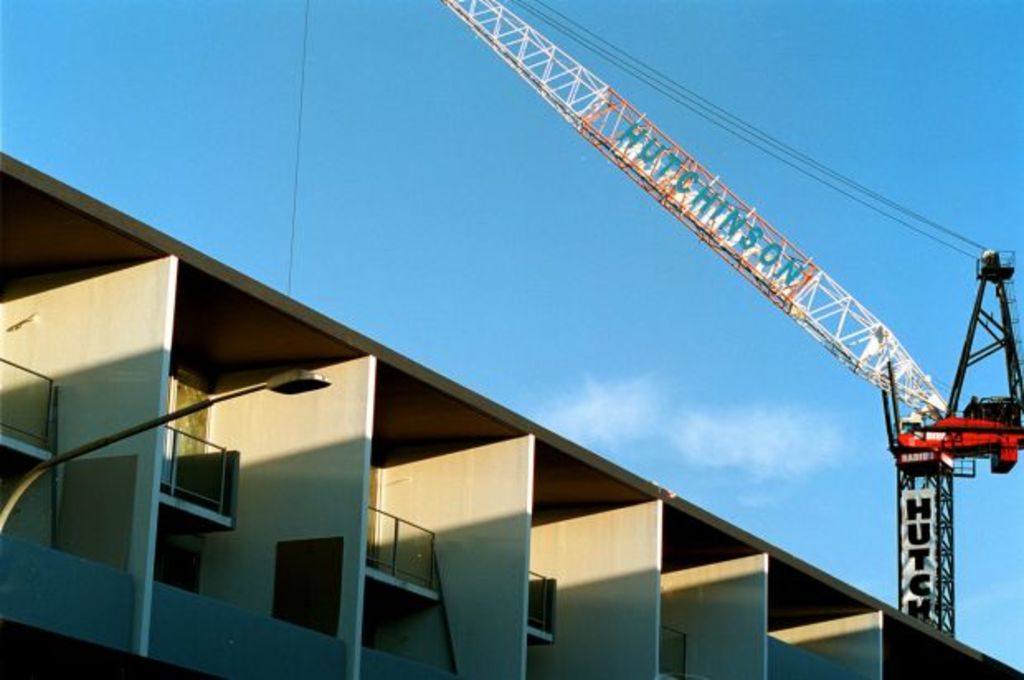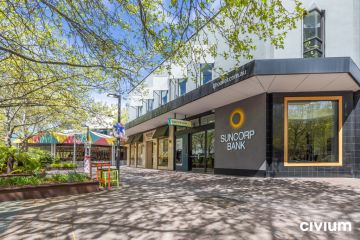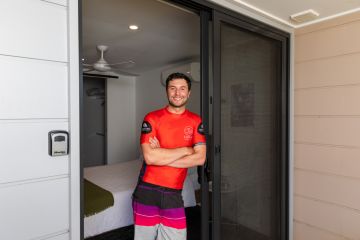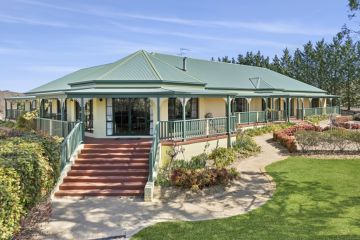The five apartment building problems that can cost buyers dearly

Buying an apartment isn’t just about assessing the view from the balcony – there’s also a question of whether or not the building is in good nick.
A Griffith University study revealed last year poor building quality and construction issues were two of the biggest concerns for apartment owners, and it pays to check out the building quality before you buy.
Minor issues like faulty fixtures can be vexing to the resident or new tenant, but bigger building defects such as poor waterproofing can wind up costing the buyer a lot of money.
When buying an apartment, the first step is the strata report, according to buyers’ agents Amanda Seger. She says if there are any visible faults that aren’t recorded in there then a pre-purchase building inspection is in order.
She notes that “water damage, water sitting around, and concrete cancer” would all be causes for concern, as would poor upkeep in the common areas.
Agent Anthony Birdsall, from Laing Real Estate, says few of his potential buyers would get a separate building inspection report: “95 per cent just get the strata report.”
The strata report should pick up any defects, Birdsall says, but if a reno has been done, “it might pick up something that’s not been brought to the attention of the Executive Committee”.
The NSW Department of Fair Trading suggests checking windows and doors are easy to open, damp or mould, sagging ceilings, the age and condition of the hot water system, rust and damage to visible plumbing, and cracks and other damage to the walls.
The difficulty is in telling what problems will wind up being the biggest hassle and the most costly to fix?
Gus Kernot, director of O’Connors Property Reports, gave us a rundown of the top five building issues to look out for in an apartment block.
1. Water penetration
When it comes to new buildings, Kernot says “there is no way of actually knowing if the waterproofing has been done properly”. A leak often comes through from a bathroom or balcony – both usually tiled surfaces with a membrane underneath.
Repairs can vary from adding a coating to replacing the entire surface, which in the case of a bathroom can set you back an average $12,000-$15,000, according to his estimations.
So how do you avoid buying a leaky apartment? “The real key thing with waterproofing is kind of reputational. Good builders are very aware that it’s a problem,” he says.
In short – do your research into the developer behind the building and see if there are any reports of problems. And keep in mind, particularly in larger blocks, if it’s an issue in one apartment it may be a problem throughout the complex.
*The six things you should be doing at an open home
2. Lifts
This is an issue that tends to crop up in conversion or refurbishment projects. A noisy lift might not be noticeable in a commercial building, but a real pain in a residential block.
Kernot notes: “Lifts are quite expensive. In a building that’s 20-30 years old, the lift might need a refurbishment. You’re looking at $100,000-$120,000 per lift.”
When testing out a lift, note the ride speed, how smoothly it operates and whether it has any operational issues, such as not stopping on the right floor.
3. Fire cladding/fire safety issues
Fire cladding is something a purchaser can get an idea on from looking around the building. This is less of an issue in inner-city buildings and more likely to crop up in older blocks – in areas such as Manly or Coogee.
In suburban apartments from the 1960s or 1970s, Kernot says, “the cost isn’t actually that high” to fix – about $2000 a unit in an upgrade.
What the buyer can do is look for a fire safety certificate, which should be on display, often in the foyer.
It should, at least, mention emergency lighting, extinguishers and smoke detectors. You can also check that your potential apartment allows a keyless exit, and the door comes with a door closer.
In a big, newer building, “you’re not going to be able to determine if they have an early warning system”, he says. But in older blocks you can check for the visible, front-end additions that indicate it’s had an upgrade.
4. The roof
“A complicated roof is always risky,” says Kernot. It’s hard to pick up on – you can climb onto the roof of a house but in apartment buildings there often isn’t access.
It’s “particularly a problem with old, repurposed roofs” as found in a warehouse or commercial conversion project.
“Again, you’re relying on the builder to waterproof the roof.” Ideally for him, in a building conversion, the “roof would be replaced”.
5. The building manager
Or rather, the lack of a good building manager and/or strata manager. The building manager, particularly in a big building, “should be ruthlessly independent”.
Kernot recommends that “if you are buying into a building with an employed building manager or caretaker, go and talk to them”. They should have a list of building defects and what is being done about them, including a time frame.
And don’t necessarily be put off if there’s already been a considerable amount of money spent on fixing up an old building, as “every dollar they’ve spent is a dollar you don’t have to spend”. Plus, if they’ve sent professionals through to examine one problem, there’s a good chance they will have picked up any other issues.
“Buildings are really complicated things. there will always be something wrong. Nobody gets it 100 per cent right.”
Strata expert Jimmy Thomson (of Domain’s Flat Chat column) echoes this sentiment.
He suggests particular care should be taken when checking very small or very large apartment blocks, as there’s not as much incentive for the developers or a strata management service to find problems.
We thought you might like
States
Capital Cities
Capital Cities - Rentals
Popular Areas
Allhomes
More







